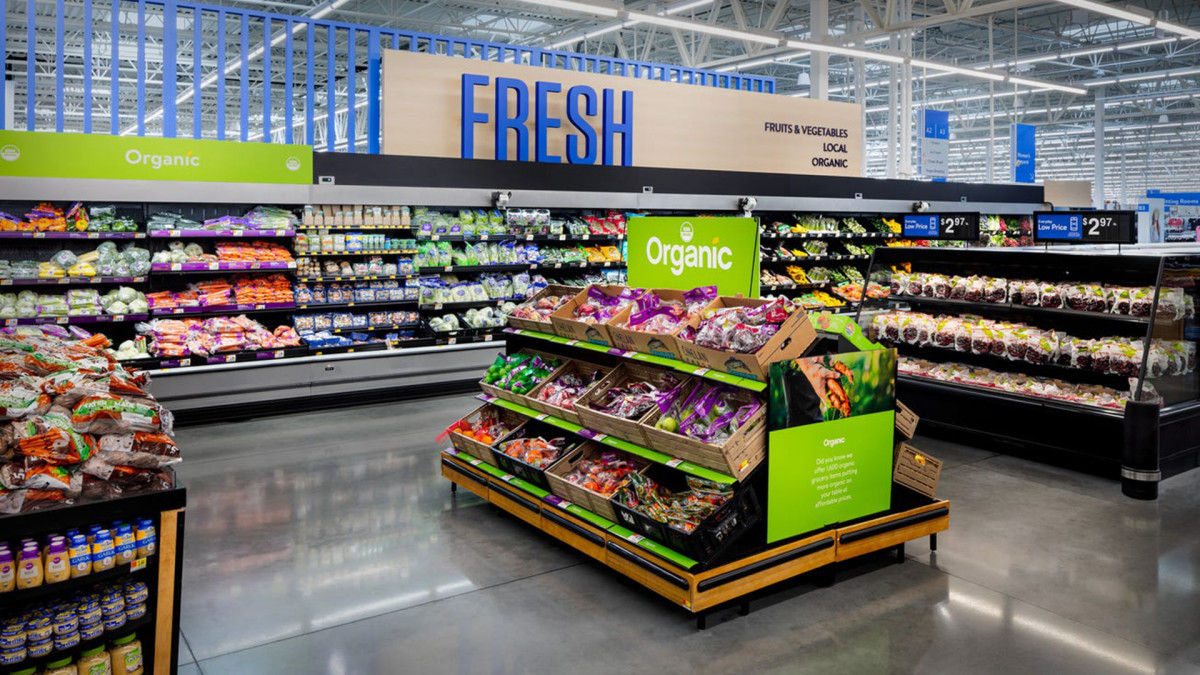If you’ve been shopping recently, you’ve probably experienced sticker shock when examining prices.
These days, it’s hard not to notice the increase in the cost of goods and services, no matter where you fall on the socioeconomic scale.
💰💸Stay ahead of the markets: Subscribe to TheStreet’s free daily newsletter💰💸
Related: Costco makes a harsh policy change shoppers should know
Whether it’s groceries, energy or vehicles, everything is more expensive than it was a year ago — or even just one month ago.
The most recent Consumer Price Index (CPI) indicates prices rose more than expected for the month of January.
The index was up 0.5% for the month, putting the annual rate of inflation at 3%. Analysts had forecast the rate to come in at 0.3% for the month and 2.9% for the year.
Here’s a look at how some core goods and services changed over the past month:
- Food: increase 0.5%
- Energy: increase 1.1%
- Fuel oil: increase 6.2%
- New vehicles: unchanged
- Used vehicles: increase 2.2%
- Apparel: decrease 1.4%
- Shelter: increase 0.4%
- Transportation services: increase 1.8%
- Medical care commodities: increase 1.2%
“The long national nightmare of inflation isn’t over yet for consumers, businesses, and investors,” said FwdBonds chief economist Chris Rupkey about the report. “There could be some seasonality that pushes prices up at a faster clip in January, but today the news for [Federal Reserve] officials is all bad.”

Walmart
Food gets more expensive
Americans notice some changes faster than others. We’re particularly sensitive to the price of groceries changing, for instance, since most of us are at the store on a regular basis. And we all generally know how much we expect to pay for milk or eggs, and what seems unreasonable.
“The food at home index rose 0.5 percent over the month as four of the six major grocery store food group indexes increased,” the CPI found.
Related: Popular retail chain shutters stores and makes major shopping change
“The index for meats, poultry, fish, and eggs rose 1.9 percent over the month, as the index for eggs increased 15.2 percent. This was the largest increase in the egg index since June 2015 and it accounted for about two thirds of the total monthly food at home increase…The dairy and related products index rose 0.3 percent over the month.”
The price of eggs is up 53% compared to just one year ago.
Walmart makes a pricing change
The cost of eggs is soaring in part because of a bird flu outbreak, which reduces total egg output across the country.
Crowding and poor ventilation can exacerbate the spread of disease, forcing farmers to cull herds in an effort to prevent the spread. Data suggests U.S. egg production has decreased by 3% compared to the same time last year.
More on retail and bankruptcy:
- Walmart store closing, auctioning off laptops and flat screen TVs
- Home Depot CEO sounds the alarm on a growing problem
- Famous restaurant files for Chapter 11 bankruptcy
It can be difficult to predict these changes, and the cost of goods like food and beverages can be incredibly sensitive to unforeseen events caused by climate issues or other agricultural factors.
Related: Walmart sends a hard-nosed message to employees
So Walmart (WMT) is teaming up with Helios, an artificial intelligence software to help the retailer predict changes in food pricing.
Helios, which is based in northern Virginia, will help Walmart prevent losses to its supply chain by predicting things like weather, climate risk, farming output and production totals.
Some of the reporting that Helios offers includes:
- Future climate risk predictions
- Historical pricing and future estimates for produce
- Customizable charts and KPIs
“With Helios’ platform, Walmart can evaluate the medium- and long- term climate risks facing its global agricultural supply chain to secure sustainable sourcing,” a press document reads.
The tool is intended to help Walmart’s supply chain management and procurement teams understand pricing changes and what might affect cost or volume.
Walmart has been making an effort to improve its logistical processes. It inked a deal in January with Symbotic, agreeing to sell its Advanced Systems and Robotics arm in exchange for assistance with improving its automated delivery and pickup options.
Related: Veteran fund manager delivers alarming S&P 500 forecast
